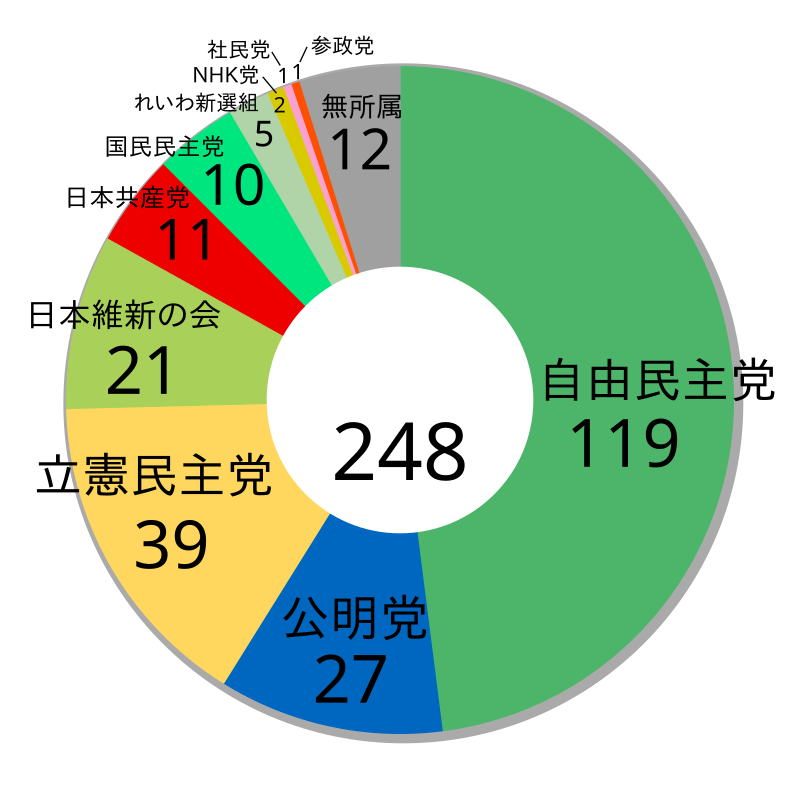Far-Right Sanseito Party's Electoral Gains Signal Shift in Japan's Politics

In a surprising electoral outcome, Japan's far-right Sanseito party has emerged as the fourth largest party in the upper house of parliament, winning 14 seats in the recent elections held on July 23, 2025. This party’s nationalist 'Japanese First' platform has resonated with voters amid rising public concerns over immigration, economic stagnation, and over-tourism, marking a significant shift in Japan's political landscape.
The Sanseito party, founded in 2019 by Sohei Kamiya, a former YouTube personality, has positioned itself as a defender of Japanese culture and economic interests. At a recent rally, Kamiya asserted that "under globalism, multinational companies have changed Japan's policies for their own purposes," suggesting a perceived threat from foreign influence on national sovereignty. The party's agenda includes advocating for strict immigration controls, proposing "loyalty checks" for foreigners, and limiting access to social services for non-Japanese residents.
According to Prime Minister Shigeru Ishiba, the government is aware of the growing anti-foreigner sentiment and has established an office aimed at managing the influx of foreign workers essential for supporting Japan's aging population. Ishiba acknowledged that while Japan requires some level of foreign assistance, many citizens feel "anxiety and unfairness" regarding the behavior of some foreigners. This revelation underscores the complex dynamics between economic necessity and public sentiment regarding immigration.
Simon Avenell, a Japan expert at the Australian National University, emphasizes that the Sanseito party's rise is primarily driven by economic factors. In a recent study published in the Journal of Japanese Economic Studies, Avenell noted that inflation has significantly impacted Japanese households, which have traditionally experienced deflation. He stated, "It's about people’s wallets; inflation has hit Japan hard, and the perceived economic benefits of tourism are overshadowed by rising living costs."
Data from the Japan National Tourism Organization indicates that foreign tourist arrivals soared to 36.9 million in 2024, a record number that has exacerbated local frustrations in cities like Tokyo and Kyoto, where overcrowding has become a pressing issue. Local residents are increasingly feeling marginalized as the tourism sector flourishes, with many reporting that tourists can afford to pay higher prices for goods that locals struggle to purchase.
Polling data from NHK reveals that 29% of voters consider social security and the declining birthrate their primary concerns. The price of staple goods, such as rice, has doubled within the past year, further fueling discontent among citizens who feel economically strained. The Sanseito party’s narrative that foreigners are responsible for these challenges has gained traction, tapping into existing anxieties.
Ryosuke Hanada, a PhD student at Macquarie University, reiterates that while most Japanese people are not inherently xenophobic, they desire adjustments to the rules governing foreign residents. He notes that the Sanseito party's rise illustrates a broader trend of right-wing populism fueled by genuine economic stress and demographic shifts, which the government has yet to effectively address.
The demographic landscape in Japan is characterized by a shrinking workforce and an aging population, with 3.8 million foreign residents constituting just under 3% of the total population. This contrasts sharply with other developed nations, such as Australia, where nearly one-third of the population was born overseas. The Sanseito party capitalizes on public resentment regarding foreign ownership of property and access to public resources. Nana Oishi, an associate professor in Japanese studies at the University of Melbourne, argues that many Japanese citizens believe that public resources should prioritize struggling nationals, a sentiment that has bolstered Sanseito's appeal.
As the Liberal Democratic Party (LDP) grapples with the implications of the Sanseito's electoral success, it faces pressure to respond to the changing political landscape. Avenell suggests that while the LDP has swiftly reacted to public sentiment, it is unclear whether the measures proposed by the new office for managing foreign residents will be effective in addressing the underlying issues.
Despite the rise of the Sanseito party, Oishi emphasizes that the majority of Japanese cities continue to welcome international tourists and residents. As regions like Kyoto begin to implement differential pricing for foreign tourists, potential policy discussions surrounding over-tourism and integration of foreign nationals may shape future legislative agendas.
In conclusion, the Sanseito party's electoral gains signify a critical juncture in Japanese politics, reflecting a growing populist movement fueled by economic anxiety and cultural apprehensions regarding immigration. The implications of this shift could resonate throughout Japan's political framework, potentially reshaping the nation’s approach to immigration and foreign relations in the years to come.
Advertisement
Tags
Advertisement




